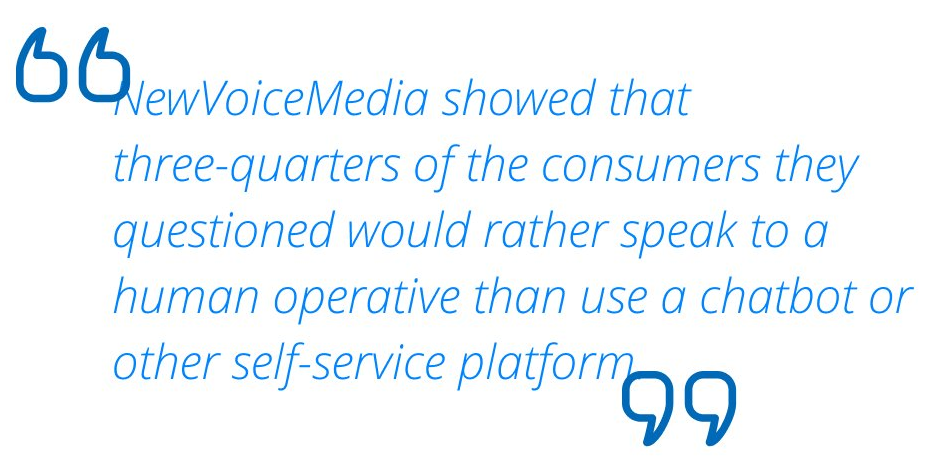One of the major shifts that call centers have experienced is how they manage their services. Here, the cloud has become central to their operations. Indeed, according to Calabrio’s State of the Contact Centers 2021 more than three-in-four contact centres across the UK, USA and Germany, made full or partial moves to the cloud. An astounding 68% of those cloud migrations happened over the last year during the pandemic, which helps illustrate the urgency of becoming cloud proficient.
Shifting call center services to the cloud adds value and flexibility. Hosted services can then be expanded and extended to deepen the connections call center operatives can have with the customers they connect with. Here, language proficiency testing is vital as often, first contact with a customer requires detailed insights and understanding. Ensuring your call center staff literally speak the right language is now an imperative that directly influences the success or failure of the call.
Calabrio’s report is also insightful and timely as their results reveal language analytics need to be improved: “Compared to US contact centers, UK contact centres have seen less potential in using cloud-powered analytics tools for customer and employee data. One likely reason: Many US-native analytics tools still struggle to navigate the nuanced differences of UK English. To expand the global potential of analytics, the tools themselves will have to globalise and become more fluent in the native languages and distinct dialects of various regions of the world.”
The level of customer expectations when native languages is concerned is now a significant brand differentiator. Consumers will not tolerate call center services that require them to speak English for instance, if English isn’t their first language. Businesses that strive to create multilingual call center services will see their market share increase as their enterprises and brands become destinations.
Any discussion of call center developments will eventually turn to automation. The use of self-services such as bots that use natural language processing coupled with machine learning AI’s, are all in active and advanced development. However, care should be taken when automated systems and call centers are closely integrated. NewVoiceMedia showed that three-quarters of the consumers they questioned would rather speak to a human operative than use a chatbot or other self-service platform.
“When a situation becomes emotional or complex, people want to engage with people,” says Dennis Fois, former president of NewVoiceMedia (acquired by Vonage). As businesses add more customer service channels, conversations are becoming more complex and higher value, and personal, emotive customer interactions play a critical role in bridging the gap for what digital innovation alone cannot solve.”
It’s critical, then, to develop a multifaceted approach to call center services that offer comprehensive and multichannel communications that customers can choose from. Across each channel language proficiency is a major factor whether businesses trade just domestically or across many geographical regions.










